Monday Morning Update 2/8/10
From Nasty Parts: “Re: Sage. COO Lindy Benton resigned Thursday night.” Confirmed with Sage. Betty Otter-Nickerson starts as CEO this week.
From iSOFTen: “Re: UM Medical Centre in Kuala Lumpur, Malaysia. IBA/iSOFT have been invited to the exit door because of repeated product delivery failures. This casts long shadows over the future of their German-developed strategic lab product, planned for the still pending at Welsh procurement. And with regard to iSOFT’s alliance with Picis, it was because of IBA/iSOFTS’s product delivery failures.” Unverified.
Listening: Midlake, a Texas band that sounds like accessible, straightforward 60s pop meets the Flaming Lips.
I think it’s plainly obvious, but in case not: I use only phony names on the reader comments I post. Please do not pester your colleagues just because the phony name is similar to theirs since it most likely wasn’t their comment.
Tammi, our BFF from AT&T Mobility, said their “iPhone in Medicine” session was packed even after being moved to a larger room at the mHealth conference in Washington DC last week. mHealth Initiative is the group formed by former Medical Records Institute/TEPR people Peter Waegemann and Claudia Tessier when that group flamed out.
Weird News Andy ponders, “Where do babies come from? From iPhones, apparently.” After four years of trying to conceive, a couple hits pay dirt in just two months after using an iPhone menstrual calculator. Thank goodness humanity didn’t lapse into extinction before the iPhone came along to help it reproduce the species.
Yale New Haven Hospital chooses the document management solution of Perceptive Software for several departments.
The folks at Henry Schein Practice Solutions are offering a free, on-demand Webinar called 10 Questions to Ask your Electronic Dental Record Vendor. They’ve also hired Pete Cousins as national sales manager for Dentrix Enterprise. I’m sensing trouble because Pete is a big-time amateur golfer, which means if you want a customer’s game, he will probably thrash you despite his best intentions to keep it close.
Red Hat announces its February 10 Open Source Cloud Computing Forum, an all-day virtual forum hosted by its CTO that offers 12 half-hour technical presentations.
Sunquest will introduce its new BI solutions and physician portal at HIMSS.
We’ve mentioned some charity-related activities at HIMSS, so here’s one from Compuware and Covisint. The company will donate $10 to Habitat for Humanity for each attendee badge scan at their booth. It will also raffle off a $5,000 contribution to that same organization, which is the amount of money it takes to rehabilitate a home.
I guess Google can celebrate its big win over Microsoft in their respective HIStalk reader polls, with Google’s 65% negative rating in healthcare beating Microsoft’s 66%. New poll to your right, the last in the series: same question, this time about Cisco.
It’s that time of year again — please complete my HIStalk Reader Survey, won’t you? I read the response carefully and plan the whole next year based in what readers tell me, so your time won’t be wasted. Thanks.
This is the real payoff of EMRs, described in a well-written article in The Buffalo News. Buffalo Medical Group searches its database for patients at risk of abdominal aortic aneurysm. It identifies 2,000, of which 30 are found to have aneurysms that could burst at any time, which is nearly a certain death sentence. The article focuses on the benefits of the medical home concept, but also summarizes the concerns of its critics: “They also wonder if the concept is nothing more than a repackaging of managed care, bristle at the suggestion that doctors need financial incentives to do the right thing, and view the focus on efficiency as more appropriate for a factory.”
I don’t know about your hospital, but mine can’t give H1N1 vaccine away. I said early on that this latest scare might be as overblown as the Gerald Ford’s Great Swine Flu Epidemic of 1976, although I really doubted that. Other than putting some nice profits in the pockets of drug companies and McKesson, I’m struggling to decide if there was any benefit to getting everybody all worked up about it. It’s notoriously tough to predict pandemics, much less prevent them.
Kaiser Permanente is recognized with a security award from HITRUST, an organization that has a Kaiser security executive on its executive council. I Googled to see if HITRUST is a for-profit corporation as I expected; the only declaration I found saying it’s a non-profit came from Fierce Health IT, which I think is wrong. It looks to me like a regular business, despite a .net Web address and some noble mission statements. Its Web site says it is a “private, independent company” and its Texas incorporation records show its officers as a husband and wife. He’s founded a few other now-defunct corporately sponsored think tanks in the past.
An Epocrates survey finds that 20% of doctors say they’ll be buying an iPad within a year, good news for the company since it has already committed to creating an iPad version of its drug information software.
VirtualHealth Technologies completes the sale of its Secure eHealth secure messaging business and its VPS Holdings prescription drug monitoring business to Wound Management Technologies.That leaves the company with two primary business lines: EMRs and gold mines (insert joke here).
St. Joseph’s Hospital (WV) chooses eWebHIM from eWebHealth for scanning and HIM workflow.
Akron General jumps on the “show your ED wait times” bandwagon, putting them on its Web site and on billboards. The times reflect how long it takes for the doctor to see you, but most ED delays involve waiting for technicians, for labs or x-rays to come back, or for someone to get you signed out with prescriptions. Being called from the waiting area to the treatment room is only a small victory. Since they’re capturing the times from their EMR anyway, maybe they should measure arrival time to final disposition.
eClinical Works breaks the $100 million per year revenue barrier. I dug out my May 2006 interview with Girish Kumar Navani in which he boldly predicted $40 million in revenue for that year, a big jump from the previous year’s $25 million. And when I interviewed him in early 2008, they were at $60 million and he was predicting $500 million in annual revenue by 2018.
GE Healthcare names William Denman as chief medical officer. He’s coming over from Covidien, the Irish spinoff of Tyco Brands that sells healthcare products under the brands Kendall, Mallinckrodt, Puritan Bennett, and Syneture, among others.
Results look promising for the first-generation artificial pancreas for treatment of diabetes. It combines a blood glucose monitor with an insulin pump, creating a feedback loop that is managed by software.
The VA is budgeting $157 million next year to develop a Virtual Lifetime Electronic Record that will tie together data from the VA, DoD, and the private sector. DoD plans to spend $300 million to develop its part of the project. In more startling news, the VA will spend $347 million for HealtheVet, which it says is the “the future foundation of our electronic health record system” that will initially include a new clinical data repository, patient scheduling system, and pharmacy information system. On the VA’s VistA Web page, it calls HealtheVet “the VA’s next generation of VistA.” I never heard what happened with all those ambitious plans to replace VistA with commercial systems, so I don’t know where this money is going.
Sun’s big executives, including co-founder Scott McNealy, quit as the company is absorbed into Oracle. McNealy gave the opening address at HIMSS 2005 in Dallas. I don’t recall being impressed.
Odd lawsuit: a stripper gets drunk on the job and leaves the club despite its three attempts to stop her. She crashes her car, breaking her nose and back. Her injuries force her to stop stripping, so she sues the strip club for “wantonness.” The jury awards her $100,000, with her attorney declaring that “I think that it does speak to our community’s regard for safety”. The club’s lawyer disagrees: “Bottom line is she got herself drunk, had a terrible wreck, and wants someone else to pay for it.”



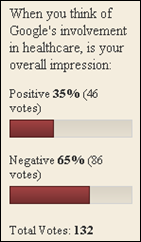

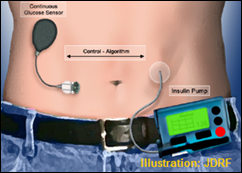
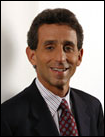


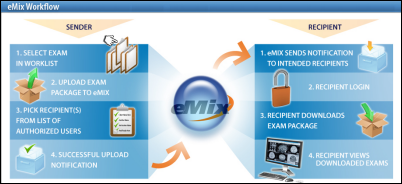





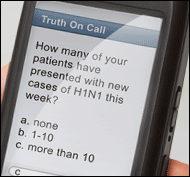






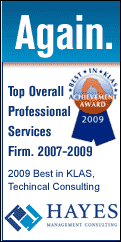

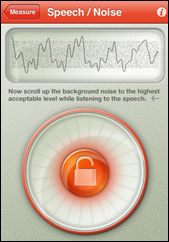
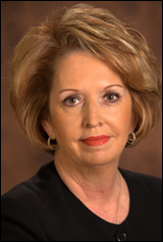










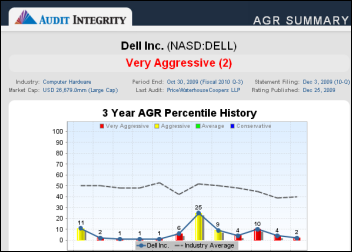
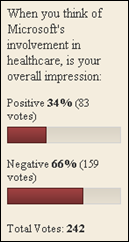


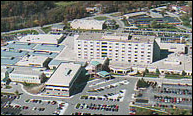







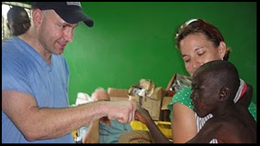

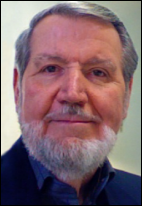





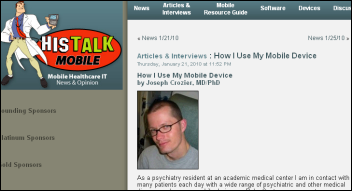





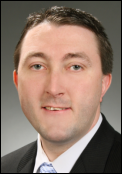


Traditionally Professional Courtesy is something that physicians gave each other - but we had to be careful with it when…